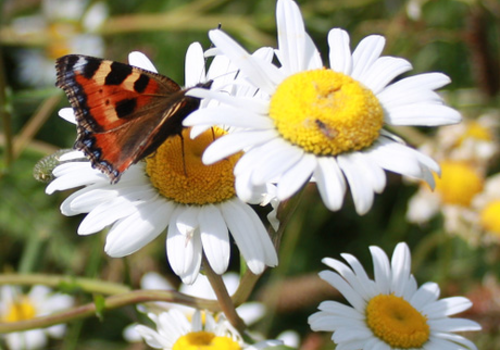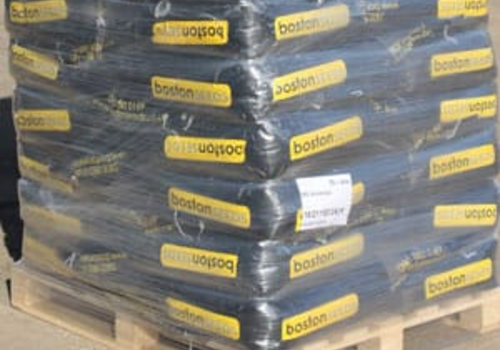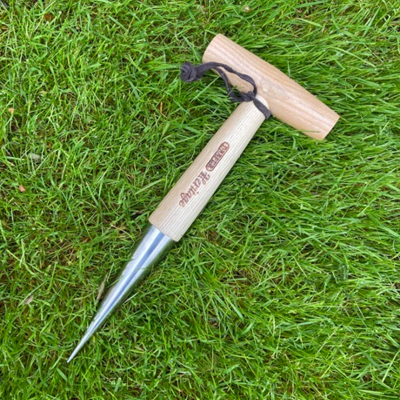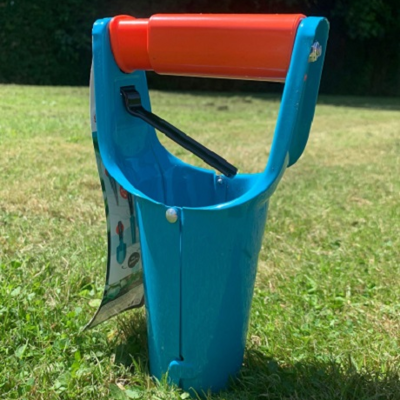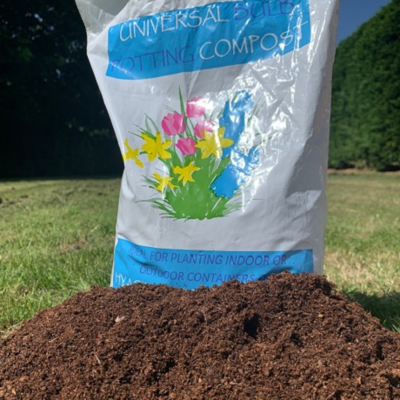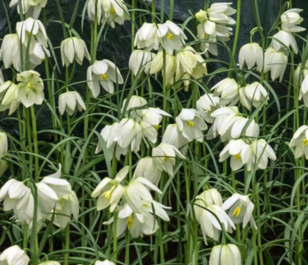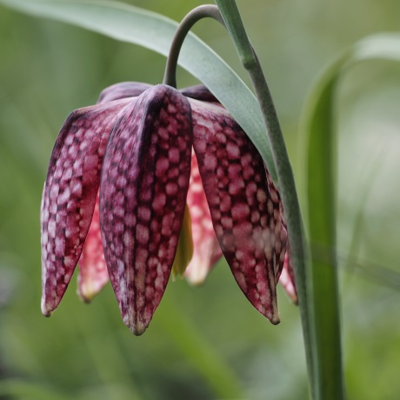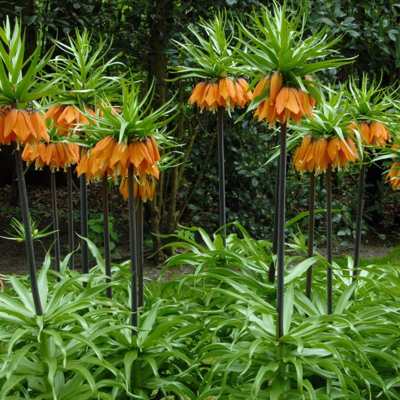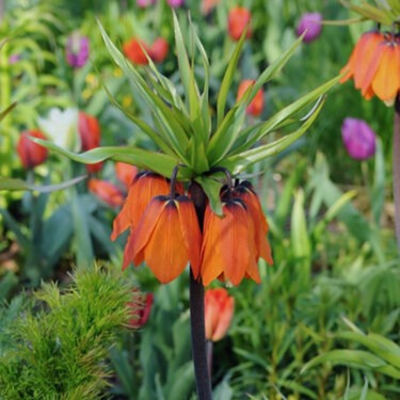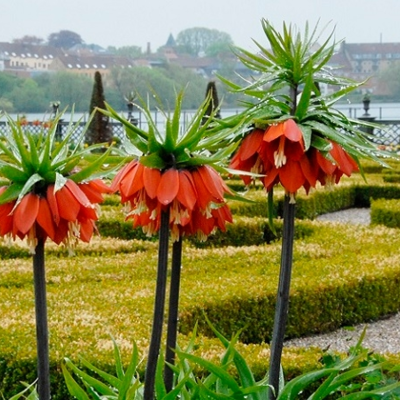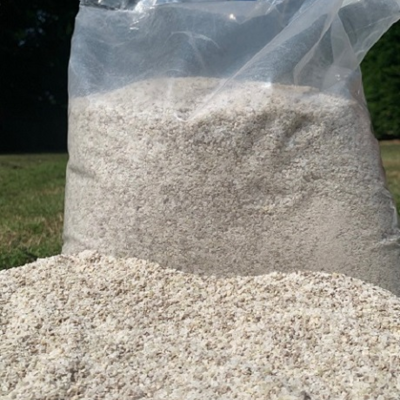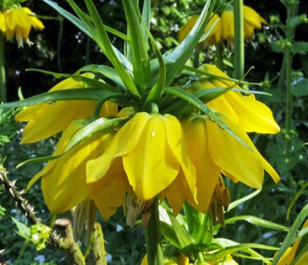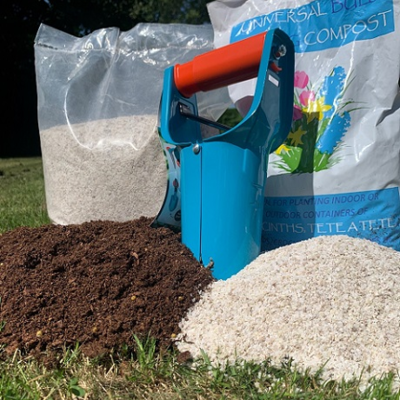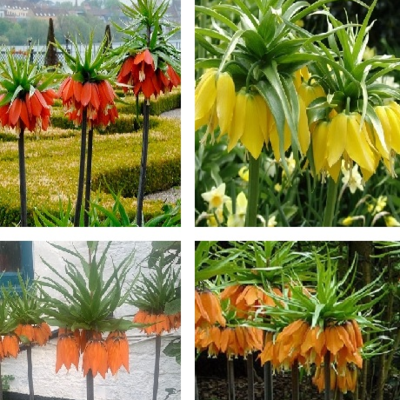Fritillaria Bulbs
Fritillaria flower bulbs will be available to order from spring 2025 for delivery and planting in autumn 2025.
What a flower! Well suited for woodland planting or those shadier areas, Fritillaria bulbs are easy to naturalise areas forming clumps over time. The Snake's Head Fritillary is a well known popular variety appearing in wild areas across the country. If you are after something more unusual take a look at our larger ornamental varieties such as the Maxima Lutea Imperialis Fritillaria.
Like everything we supply here at Boston Seeds, we pride ourselves on supplying professional quality - and for flower bulbs, that means BIG! Our bigger bulbs produce bigger, better and bolder flowers. Choose from our exciting range of varieties - Aurora Imperialis Fritillaria Bulbs, old favourites, garden classics as well as striking new lines for 2025.
Don't hesitate to get in touch to speak to one of our experts or request a catalogue to view our full range. Ordering regularly or looking for large volumes? Click here to apply for a trade account today - we review all applications within one working day.
The ultimate tool for planting quickly and easily your plants and bulbs. A quality, solid ash handle securely fitted to a stainless steel blade, the traditional design is ideal to assist in planting your plants and bulbs into beds, borders and grassland.
- Made of high quality polished stainless steel
- Ash handle - sourced from a sustainable source
- Soft leather strap - ideal to hang up
- Perfect for planting wildflower plug plants and small bulbs such as snowdrops, bluebells, crocus and more
Making bulb planting easier, quicker and cleaner, our bulb planter is the ideal tool for helping you plant your larger spring-flowering bulbs.
- Made of high quality steel
- Automatic release on handle
- Duroplast coating - impact, elastic, abrasion, and corrosion resistant
- Perfect for planting larger flower bulbs such as daffodils, tulips, alliums, hyacinths and more
Specifically designed to help bulbs establish in pots and borders, without the risk of the bulbs rotting, providing an open and free-draining soil structure.
- Ideal for planting with Narcissi, Crocus, Hyacinths and other spring-flowering bulbs
- Universal bulb planting fibre
- 500gm bag - This pack is sufficient for 3 x 1-litre pots
This item is currently unavailable
Delightful nodding white blooms, the Alba fritillaria are well suited for woodland planting or shaded areas. Over time they will form clumps and will sway in the spring breeze on their tall stems.
- Height (cm): 25cm
- Bulb Size (cm): 6/7cm
- Blooms: April/May
This item is currently unavailable
These delicate wildflowers bloom with unique, chequered bells in purple and pink. Flowering in late spring, these beautiful blooms will return year after year once established. Ideal for shaded or damp areas.
- Flowers: April-May
- Bulb size: 5/6cm
- These are non UK native bulbs
This item is currently unavailable
Bell-shaped flowers that hang downwards, open up to reveal light burnt orange petals, being heavily scented they are sure to attract an array of insects into your garden. These distinctive and unique blooms are bound to give your neighbours something to talk about.
- Height (cm): 125cm
- Bulb Size (cm): 20+ cm
- Blooms: April/May
This item is currently unavailable
The large orange blooms open up facing downwards. These will create structure and impact a bold addition to your garden. With a great fragrance, they are perfect being situated near pathways and entrances.
- Height (cm): 100cm
- Bulb Size (cm): 24cm+
- Blooms: April/May
This item is currently unavailable
These showy grand-looking flowers are best to be sown at 4 times their own depth in the autumn and will provide you with colour from mid-spring onwards. These deep orange-red flowers appear on top of almost black stems. A real head-turning and very striking in their appearance they create a grand appearance in your garden.
- Height (cm): 100cm
- Bulb Size (cm): 24+ cm
- Blooms: April/May
This item is currently unavailable
Our flowering bulb fertiliser has been specifically designed to help your spring-flowering bulbs flower to their full potential. Whether you are establishing in pots or containers, sprinkle a small amount into each hole prior to planting your bulbs. Also suitable for use in early spring to encourage your bulbs to flower well in the following season.
- Tailored to give your bulbs all the nutrients they need
- Can be mixed with compost or Bulb Fibre
- NPK - 12.11.18 + MgO
- Recommended coverage: 5kg per 200sqm. Apply at 25g/sqm
- Not suitable for use with Wildflower Bulbs
This item is currently unavailable
Highly scented, these gigantic blooms appearing mid-spring are sure to create interest and add height to your borders. Large yellow flowers open up facing downwards on their tall deep green stems.
- Height (cm): 90cm
- Bulb Size (cm): 24+ cm
- Blooms: April/May
This item is currently unavailable
Our bulb planting essentials pack has been put together for the ease of ensuring quick planting and a great display. The bulb planter will help you plant the bulbs with ease whilst the fibre will ensure the bulbs do not rot when planted into pots or containers. Using the bulb fertiliser will ensure your bulbs have all the nutrients they need whilst establishing.
- 1 x Bulb Fibre
- 1 x Bulb Planter
- 1 x Bulb Fertiliser
This item is currently unavailable
A great selection of our Giant Fritillaria bulbs, perfect for adding interest, height, bold colour and structure into your garden. Our fantastic value selection will contain equal quantities of the following:
- Maxima Lutea Imperialis
- Aurora Imperialis
- Rubra Maxima Imperialis
- Orange Beauty Imperialis
This item is currently unavailable
Fritillaria: How to grow them (and why!)
Sometimes known as ‘chequered daffodil’, ‘chequered lily’ or ‘drooping tulip’, Fritillary flowers are just as pretty as the best-known springtime flowers, with extra unique shapes and patterned petals that are sure to draw attention! They grow on thin, drooping stems with rounded flower heads like a bowl or a bell - a shape that’s awfully good for framing beds, borders, and even ponds or other water features.
Fun Facts
This flower happens to share a name with a species of American butterfly. It’s a fairly funny coincidence, but not one without an explanation; the name is derived from the Latin word ‘fritillus’, meaning ‘dice box’. An odd selection for naming, but strangely fitting when one considers both the speckled black-and-orange pattern on the butterflies and the snake-head fritillary’s checkerboard pattern.
How to Grow
Fritillaries are flowers that best grow in well-drained soil, but are capable of tolerating more moisture than other flowers. Similarly, they’re not particularly picky on whether they grow in full sun or partial shade. In either case, they’re best planted in autumn, often in individual pots until they have enough strength to be moved into the garden in later months. Exposure to a little cold is important for encouraging growth in fritillaria, so keep them outdoors in winter or make your own winter by storing them in the refrigerator!
Smaller varieties are best planted around 10cm deep and 15cm apart, whilst the giant fritillaries do well being planted deeper - 15cm with 20-25cm apart. Leave the foliage until it has died back before removing.
Species & Styles
By far the most popular type of fritillary is the ‘snake’s-head fritillary’ due to its unique white-and-magenta-chequered petals that are evocative of a picnic blanket! However, it’s not the only fritillary with a unique pattern: the Fritillaria affinis, also known as the chocolate lily, is an American-native variant with deep red petals mottled with green. It thrives better in drier, sandy soil than other fritillaries. The ‘Fox’s Grape Fritillary’ shares a similar wine-like colouration, but with solid yellow tips, giving it a more stately, elegant beauty that’s best appreciated as a stand-alone display in a pot, or a large naturalised cluster. Its shape also works well with tulips, narcissus and hyacinths in bright shades!
Fritillaria imperialis, on the other hand, is a vastly different species from all other fritillaries that require special care. For a start, it grows a whopping metre tall (compared to the small-to-medium height around 30cm you’d get from most other fritillaries), and grows an upright, dark stem crowned by spiky, glossy foliage and a cluster of drooping bell-shaped flowers in a warm orange or gold. This majestic flower requires to be buried deep in the ground (around 1 foot or 30cm deep), and should have a well-drained bed in the sun. They look particularly good in a gravel bed!
Buy With Confidence

